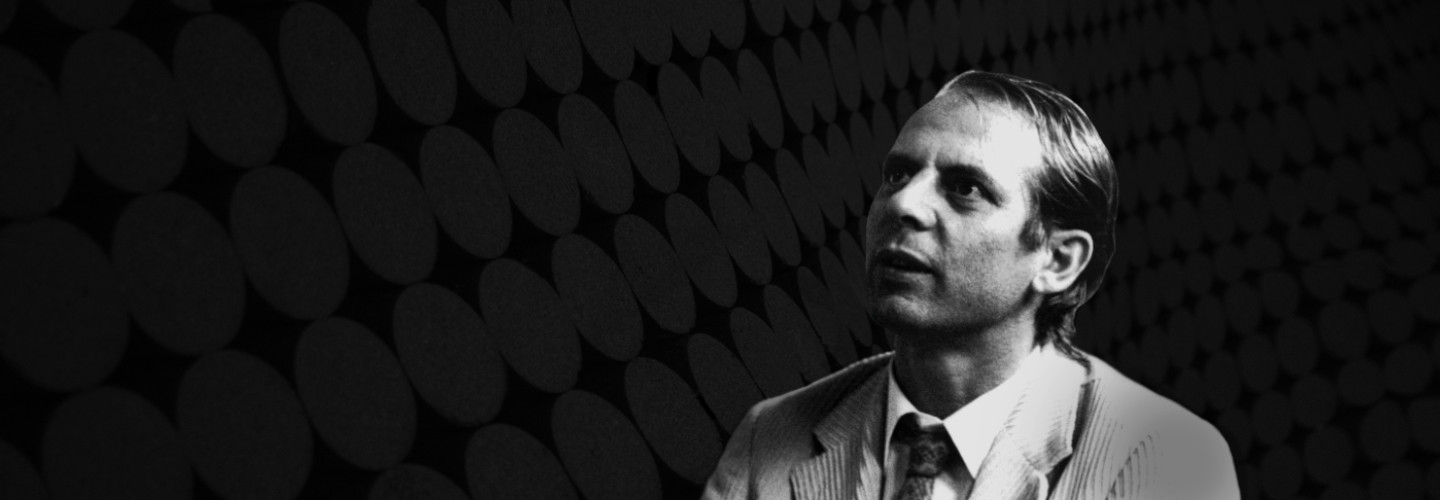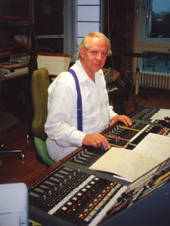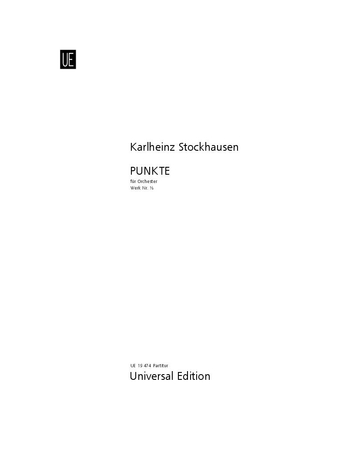

Karlheinz Stockhausen
Punkte
Short instrumentation: 3 3 3 3 - 3 3 2 1 - perc(3), hp(2), pno(2), str(all solo: 8 8 8 6 4)
Duration: 27'
Dedication: Die Neuschrift 1962 ist Francesco Agnello gewidmet, in dessen Haus in Siculiana (Sizilien) ich sie begonnen habe.
Instrumentation details:
1. flute (+picc)
2. flute (+picc)
3. flute (+picc
Afl(G))
1. oboe (+ob.d'a)
2. oboe
3. oboe (+c.a.)
clarinet in Eb
clarinet in B
bass clarinet in B
1. bassoon
2. bassoon
3. bassoon (+cbsn.)
1. horn in F
2. horn in F
3. horn in F
1. trumpet in C
2. trumpet in C
3. trumpet in C
tenor trombone
bass trombone
bass tuba
perc (1): tubular bells, Kastenglockenspiel, 2 Pedaltoimpani
vibaphon
marimba
1. harp
2. harp
1. pno
2. pno (+ cel)
1. violin I
2. violin I
3. violin I
4. violin I
5. violin I
6. violin I
7. violin I
8. violin I
1. violin II
2. violin II
3. violin II
4. violin II
5. violin II
6. violin II
7. violin II
8. violin II
1. viola
2. viola
3. viola
4. viola
5. viola
6. viola
7. viola
8. viola
1. violoncello
2. violoncello
3. violoncello
4. violoncello
5. violoncello
6. violoncello
1. contrabass
2. contrabass
3. contrabass
4. contrabass
Stockhausen - Punkte for orchestra
Printed/Digital
Translation, reprints and more

Karlheinz Stockhausen
Stockhausen: Punkte for orchestra - Nr. ½Orchestration: for orchestra
Type: Partitur
Sample pages
Audio preview
Work introduction
The 24-year-old Karlheinz Stockhausen was already fascinated by the universe and the stars, which he saw as individual dots in the sky. This inspired him, in 1952, to compose music with ‘points’ in the sound space instead of melodies. He soon realised that the score of Punkte could not be performed as it was and turned to other projects – such as Gruppen (1955–57). Stockhausen produced a new version in 1962, but continued to work on the score until 1993. Today, the music has a familiar feel, probably partly because it has served as an example for many other composers. You can listen to the original here.
